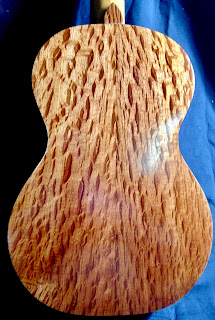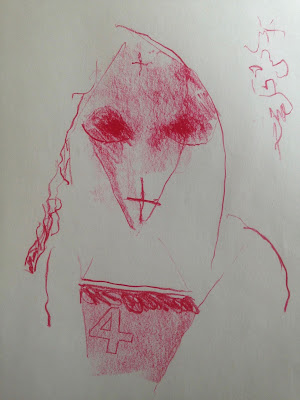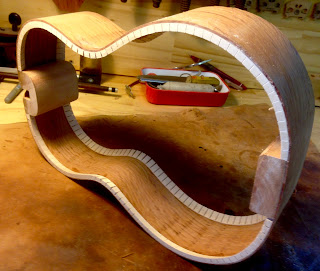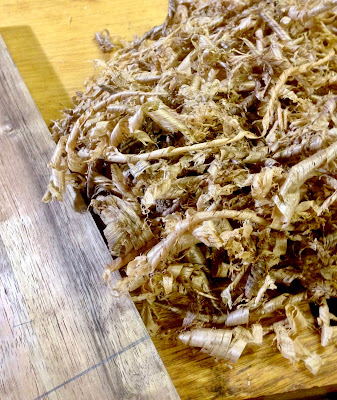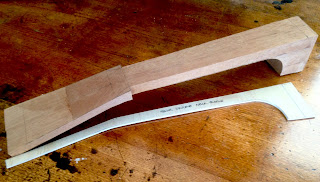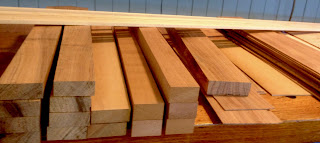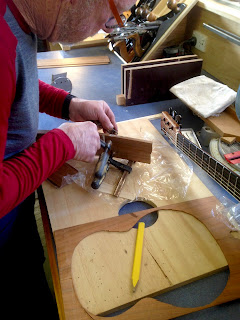We have a little group that meets in my workshop once a week, and that group is part of a bigger group on Facebook, most of whom just want to see some real time work happening in pictures, and other posts about instrument making and tool use. (on Facebook; Metung Violin Maker's Workshop)
At the moment we have half a dozen tenor ukuleles being made. The uke has a lot in common with an acoustic guitar, without the acreage, and the option of fewer decorative details. But it is also a fantastic vehicle for learning some advanced tool skills including measuring, planing, carving, bending and tuning. At the end you have a very approachable, portable and social instrument.
This process is reason enough in and of itself, in answer to the question 'Why build a uke when you can buy one for twenty bucks?'
PLANE SCAT.
Why would you bother?
Let's put aside the obvious answers about sound quality and craftsmanship for the moment and look at these two pictures. The first is of Susan's pile of shavings and the second is of Daniels. They (like everyone in the group) both achieved several things today, but the 'plane scat' pictured here tells a really wonderful story if you know how to look at it.
Susan is planing slightly curly, hard and rather unforgiving blackwood and has used a plane which she was advised to use as if she was slicing tomatoes, rather than chopping them. So in practise, the plane is angled obliquely to the cut- or explained another way, the blade goes forward while the plane is angled at about 45 degrees to the side, and the ribbons produced are like DNA spirals. The grain is approached at an angle and the blade bites gradually.
She nailed it, and did so in quick time. Approaching wood with a cutting tool will be done differently for every piece, depending on grain, hardness, surface flaws and the size of the plane relative to the area that needs flattening.
Daniel's wood was a completely different proposition and he was able to flatten a great area and depth very quickly, confidently and energetically, taking thicker, front-on swathes from the softer, straighter-grained timber. His ribbons are like scrolls more than spirals.
The point is that to learn this kind of sensitivity to tools and materials is simply exquisite in my humble opinion; whatever the object is at the end, the interaction with these things is at the very heart of the connection between our eyes, ears, minds and hands- not to mention the connection to beautiful materials.
All of this could be done by machine, but none of these experiences can be replicated on a machine.







